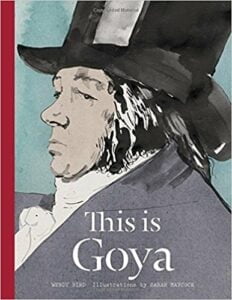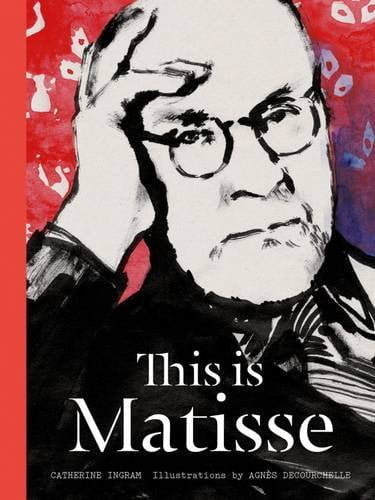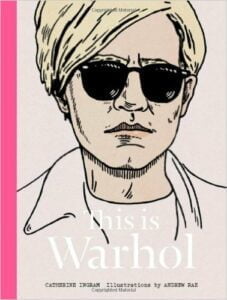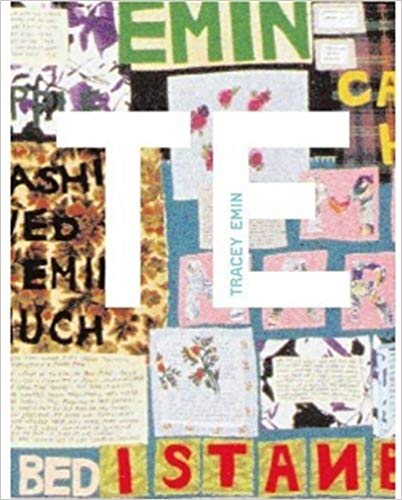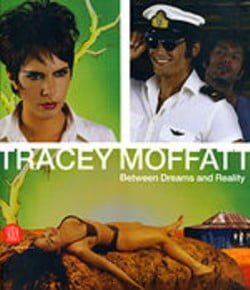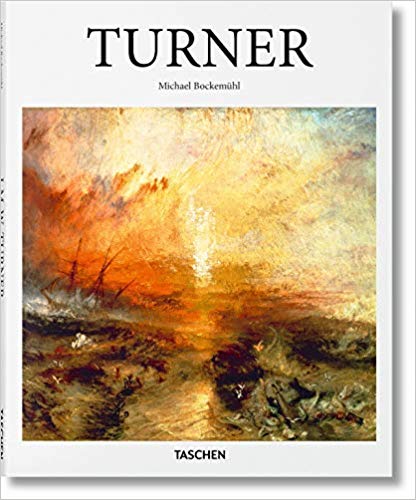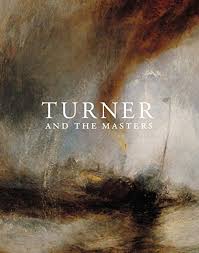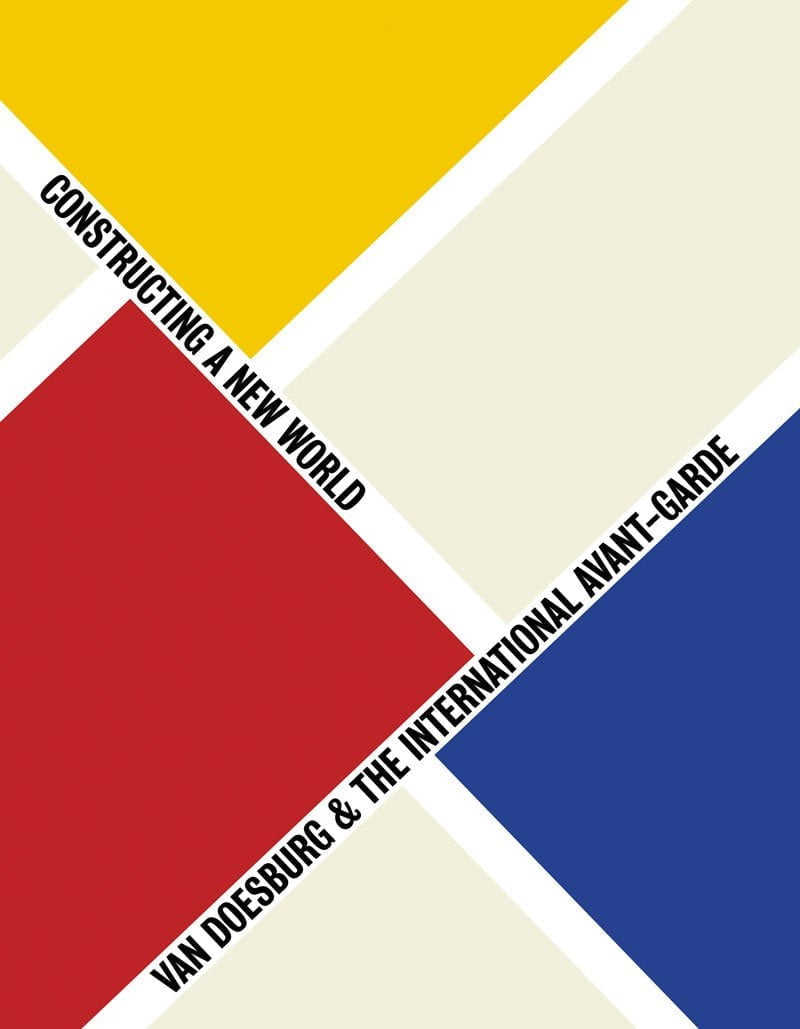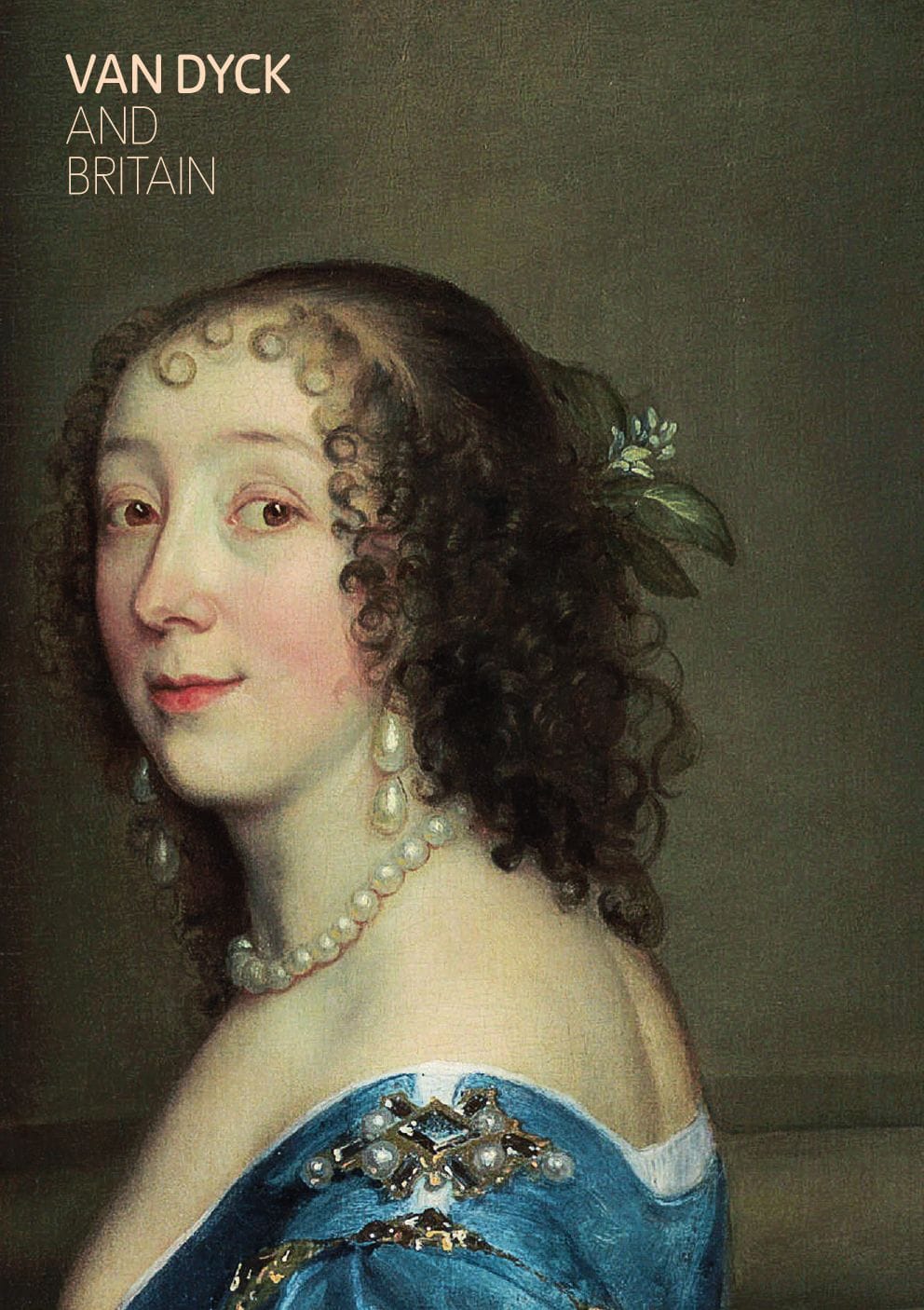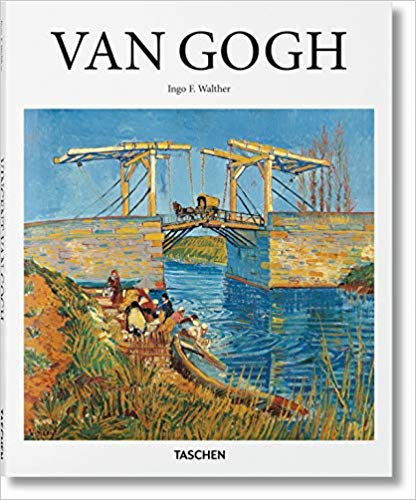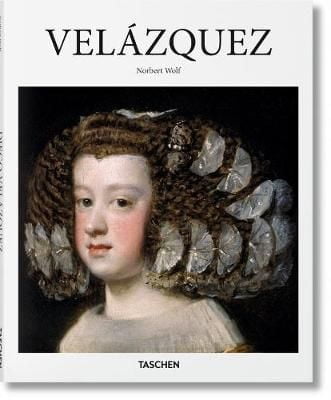Showing 305–320 of 330 results
-
Sale!

R220 Original price was: R220.R180Current price is: R180.Modern art begins with Goya. He was the first to create works of art for their own sake, and he lived in a time of incredible cultural and social dynamism when the old concepts of social hierarchy were being shaken by the new concept of equality for all.
-
Sale!

R220 Original price was: R220.R180Current price is: R180.In the history of twentieth century modernism, Henri Matisse is a calm and unstoppable revolution of creative genius.
-
Sale!

R220 Original price was: R220.R180Current price is: R180.Claude Monet is best known as a leader of the Impressionists, his paintings defining the style that triggered a revolution in art. During the eighty-six years of his life, Monet never rested, and was always driven by the urge to paint.
-
Sale!

R220 Original price was: R220.R180Current price is: R180.In 1956 Time magazine referred to Pollock as “Jack the Dripper”. His iconic paintings stretch out with the generosity and scale of America’s Western landscape where the artist grew up. Pollock said that he painted “out of his conscious”: the cathartic dribbled paint reflected his troubled mind.
-
Sale!

R220 Original price was: R220.R180Current price is: R180.Rembrandt van Rijn is the quintessential Old Master. His intimately observed, vivid and profoundly atmospheric works are what many museum-goers consider traditional painting ought to be. But in his own lifetime Rembrandt was not always so well regarded
-
Sale!

R220 Original price was: R220.R180Current price is: R180.This book penetrates the surface and explores Warhol’s art from his beginnings as a commercial artist to his apotheosis as a society portrait painter.
-

R150
In August 2006 Tony Bevan travelled to Venice, at the suggestion of Marlborough Fine Art and the Paupers Press, to work at the Scuola de Grafica as part of an ongoing Artists international Print Project.
-

R150Emin’s use of intensely personal, everyday materials gives her work an intimate quality, combining avant-garde ideas with feminine traditions of craft. This book presents Emin’s art in clear, accessible language, with full-color reproductions throughout. It provides a highly informed key to understanding one of the most hotly discussed artists at work today, responsible for some of the most iconic works of recent times.
-

R400Making art is quite therapeutic, Tracey Moffatt once said of herself. This brief statement reveals much of the artist’s personality and above all about her manner of interpreting the artistic experience, a practice that frequently refers to her personal episodes and events.
-

R250In the work of Joseph Mallord William Turner (1775–1851) lies an impact akin to a sudden acquisition of sight. His landscapes and seascapes scorch the eye with such ravishing light and color, with such elemental force, it is as if the sun itself were gleaming out of the frame.
-

R500- Item Weight: 3.66 pounds
- Hardcover : 240 pages
-

Turner’s lifetime was also the classic age of English watercolour, and his mastery and perfection of the medium coincided with its establishment as an independent art form. Turner was at the forefront of these developments, but he also stood apart from them.
-

R320Dutch artist Theo van Doesburg (1883 – 1931) is perhaps best known as a prime mover in De Stijl, the Dutch artistic movement that demanded an extreme simplicity and abstraction in both architecture and painting. Here, for the first time, the true extent of his influence is explored, demonstrating that it reached far beyond Holland, throughout Europe, into Russia and beyond.
-

R660 Anthony van Dyck (1599-1641) is one of the most important names in British pre-eighteenth-century art. Born in Antwerp, he was a precocious talent, rising swiftly to become a leading assistant to Peter Paul Rubens, then Northern Europe’s most prominent painter. Van Dyck’s imporatnce to British art cannot be overstated; during the turbulent years of…
-

R250Today, the works of Vincent van Gogh (1853–1890) are among the most well known and celebrated in the world. In Sunflowers, The Starry Night, Self-Portrait with Bandaged Ear, and many paintings and drawings beyond, we recognize an artist uniquely dexterous in the portrayal of mood and place through paint, pencil, charcoal, or chalk.
-

R250Meet Diego Rodríguez de Silva y Velázquez, the leading light of the Spanish Golden Age and a giant of Western art history. From humble genre scenes to the ever-mysterious Las Meninas, this introductory book charts the compositional expertise, natural figuration, and masterful handling of tone that secured Velázquez’s place as “the greatest painter of all.” For more information click here

